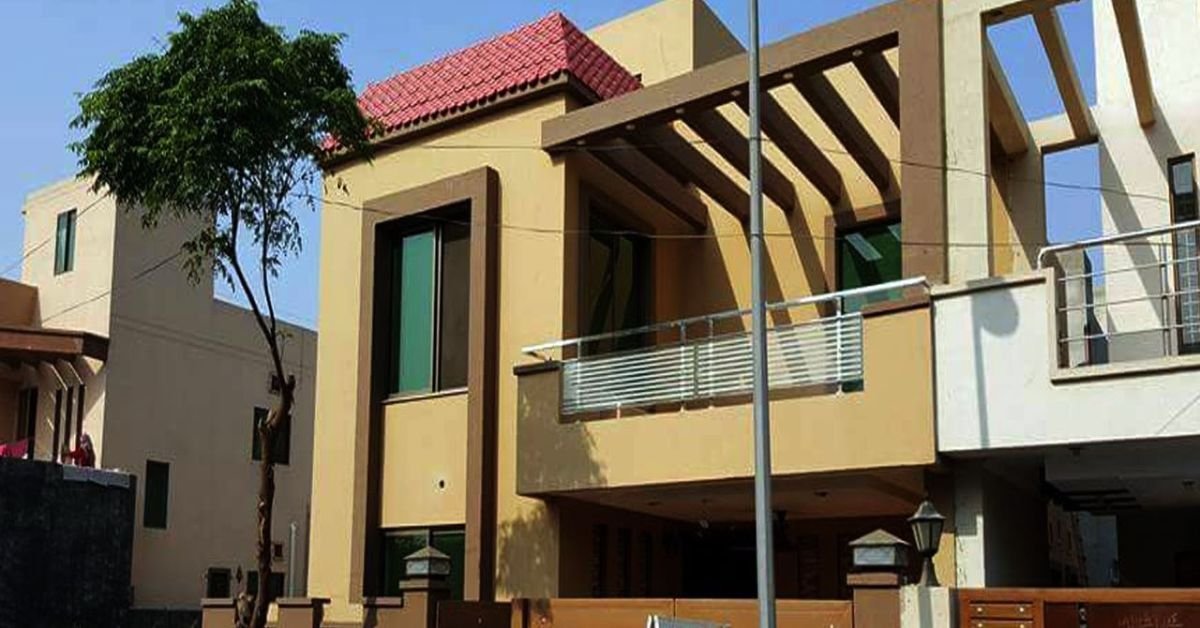10 Essential Strategies to Safeguard Your Construction Projects from Potential Destruction
Construction projects are complex undertakings that require meticulous planning, skilled execution, and constant vigilance. However, despite the best efforts of construction professionals, unforeseen challenges and risks can threaten a construction project’s success and safety. From natural disasters to human errors, construction sites are vulnerable to various factors that can lead to destruction and delays. In this article, we will explore 10 essential strategies that you can implement to save your construction project from potential destruction.
Ensuring the safety and security of construction projects is paramount to their successful completion. Implementing essential strategies to safeguard these projects from potential destruction is critical for both the well-being of workers and the protection of valuable investments. Firstly, conducting thorough risk assessments prior to commencing any construction work is crucial. Identifying potential hazards and vulnerabilities allows for the development of tailored safety protocols. Secondly, establishing clear communication channels among all project stakeholders is essential. Regular meetings and updates ensure that everyone is aware of safety measures and emergency procedures. Additionally, investing in quality materials and equipment is non-negotiable. Cutting corners to save costs may compromise the integrity of the project and increase the risk of accidents. Furthermore, having a well-trained and certified workforce is vital. Regular safety training and workshops keep workers updated on the latest safety protocols and best practices. Lastly, implementing strict quality control measures throughout the construction process can help identify and rectify potential weaknesses or defects before they escalate into disasters. By adopting these essential strategies, construction project managers can significantly minimize the risk of destruction and create a safe working environment for all involved.
Conduct Comprehensive Risk Assessments:
The first step in safeguarding your construction project is to conduct a comprehensive risk assessment. Identify all potential risks, including natural disasters such as earthquakes, floods, hurricanes, and manufactured risks like theft, vandalism, and accidents. Assess the severity of each risk and develop appropriate mitigation measures to minimize their impact.
When you are working on a construction project, you have to do a risk assessment of the project. To do this, you must identify all the risks associated with the project. You must also evaluate the risks, make sure they are minimized, and find ways to prevent these risks from happening.
Invest in Robust Site Security:
Construction sites are prime targets for theft and vandalism, which can cause significant damage to the project. Implement robust security measures such as surveillance cameras, security guards, access controls, and alarms to deter unauthorized access and protect your construction site from potential destruction.
You want to ensure that everything is organized properly at your work site. You want to protect yourself from anything that could destroy your project. One of the best ways to do this is to install security cameras. There are different types of security cameras available.
Follow Strict Safety Protocols:
Safety should be a top priority on any construction site. Establish and enforce strict safety protocols, including personal protective equipment (PPE), regular safety training for all workers, and adherence to local building codes and regulations. Conduct regular safety inspections to identify and address any potential hazards.
It would always help to take precautions when working on a construction site. Your safety depends on your ability to follow safety procedures. This will reduce your chances of being injured. It’s good to know about the laws and regulations in your area. These regulations ensure everyone follows safety protocols when working on construction sites.
Build Resilient Structures:
Constructing resilient structures can significantly reduce the risk of destruction caused by natural disasters. Consider using materials and designs resistant to earthquakes, floods, hurricanes, and other potential hazards. Engage with structural engineers to ensure your construction projects are designed to withstand potential risks.
Building resilient structures ensures your construction projects are designed to withstand natural hazards like earthquakes, floods, and hurricanes. The term “resilience” refers to the capacity to rapidly return to a normal state after exposure to a hazard.
Plan for Inclement Weather:
Weather can play a significant role in the success or failure of a construction project. Plan for inclement weather by monitoring weather forecasts regularly and taking appropriate measures to protect the construction site, such as covering materials, securing equipment, and reinforcing temporary structures.
Inclement weather can slow down or even halt a construction project. Weather can cause a construction site to be flooded, windy, rainy, or hot. These conditions can make it difficult for workers to carry out tasks or access the site. To prevent problems, a construction company should take steps to mitigate these potential problems. Some companies use a construction manager to plan for inclement weather.
Conduct Regular Inspections:
Regular inspections are crucial to identify and address potential issues before they escalate into major problems. Conduct comprehensive inspections of the construction site, equipment, and materials to detect any signs of wear and tear, damage, or potential risks. Take prompt action to rectify any issues to prevent further destruction.
Every building, equipment, and material must be inspected regularly. When inspecting something, the most important thing to do is to look for cracks or breaks in the material. It’s important to look for cracks or breaks when you inspect something. These kinds of things need to be fixed immediately.
Implement Proper Construction Management:
Efficient construction management is key to minimizing risks and ensuring the smooth progress of the project. Employ experienced project managers who can oversee all aspects of the construction project, including scheduling, budgeting, quality control, and risk management. Implement proper project management software and tools to streamline communication, coordination, and documentation.
Construction management is important to ensure smooth progress and cost-effective results. It is the only way to ensure the project is completed within budget and on time. Project management requires planning, organizing, coordinating, controlling, and monitoring activities. A construction manager works with the contractor and other parties to ensure everything goes according to plan.
Use High-Quality Materials and Equipment:
The quality of materials and equipment used in construction can significantly impact the durability and resilience of the final structure. Always use high-quality materials and equipment from reputable suppliers to ensure that your construction project is built to last. Avoid using substandard materials and equipment to save costs, as it may result in costly repairs and replacements in the future.
Many products are used to construct homes and commercial buildings. These products come in different types, sizes, and qualities. Make sure that you know the type and size of these items before purchasing them. This will ensure you get exactly what you need to build your home or office. Also, make sure that the supplier is reliable and reputable. Quality building materials must be sourced from reputable suppliers.
Train and Educate Workers:
Construction workers play a critical role in the success of any construction project. Invest in regular training and education programs to ensure your workers are skilled, knowledgeable, and equipped to safely and efficiently handle their tasks. To mitigate potential risks, provide ongoing training on safety protocols, equipment operation, and construction best practices.
The biggest problem in this world is that everyone has no safety. Everyone has a right to live in peace and safety. But only some can do this. Some people are born with disabilities. Some people with disabilities have difficulty walking. Some have problems seeing. Some people are blind.
Have a Contingency Plan:
Despite careful planning and implementation of preventive measures, unforeseen events can still occur. It is essential to have a contingency plan in place to address emergencies effectively. Develop a contingency plan that includes emergency response procedures, contact information for relevant authorities, and backup plans for critical operations. Regular backups of project documents, designs, and important data should also be made and stored in secure offsite locations.
An emergency plan is very important if you will survive any disaster. It would be best to have everything you need in case of any emergency. You should also make sure that you have enough food and water. You should have a first-aid kit with medications that you might need. Make sure you know how to use it.
In conclusion
safeguarding a construction project from potential destruction requires a proactive and comprehensive approach. Conducting risk assessments, investing in robust site security, following strict safety protocols, building resilient structures, planning for inclement weather, conducting regular inspections, implementing proper construction management, using high-quality materials and equipment, training and educating workers, and having a contingency plan in place are all crucial strategies that can help protect your construction project from potential destruction.
Remember, prevention is always better than cure for construction projects. By identifying and mitigating risks early on, you can save your construction project from unnecessary delays, costly repairs, and potential destruction, ensuring its successful completion within budget and timeline.






